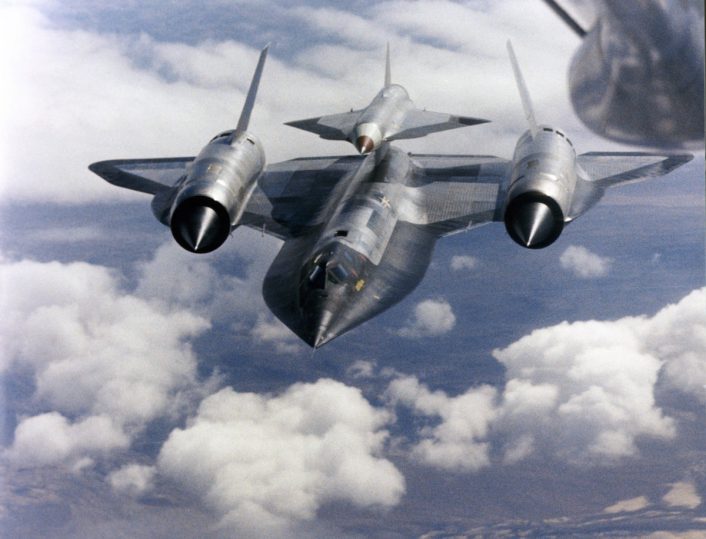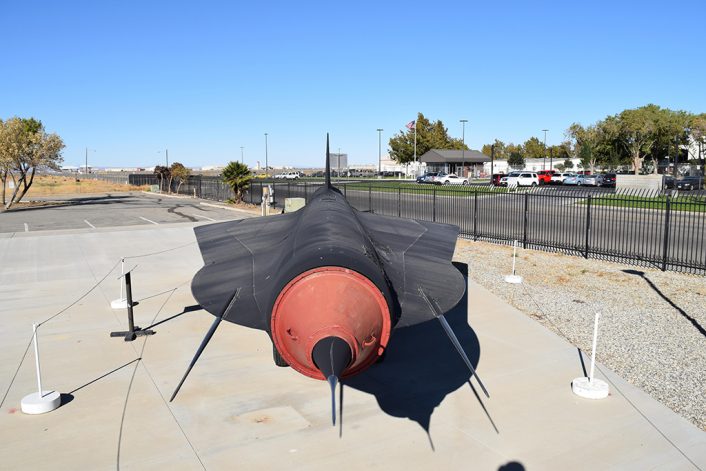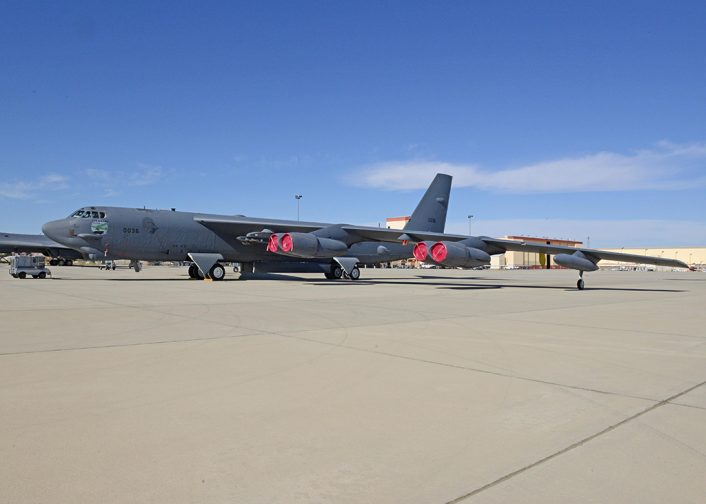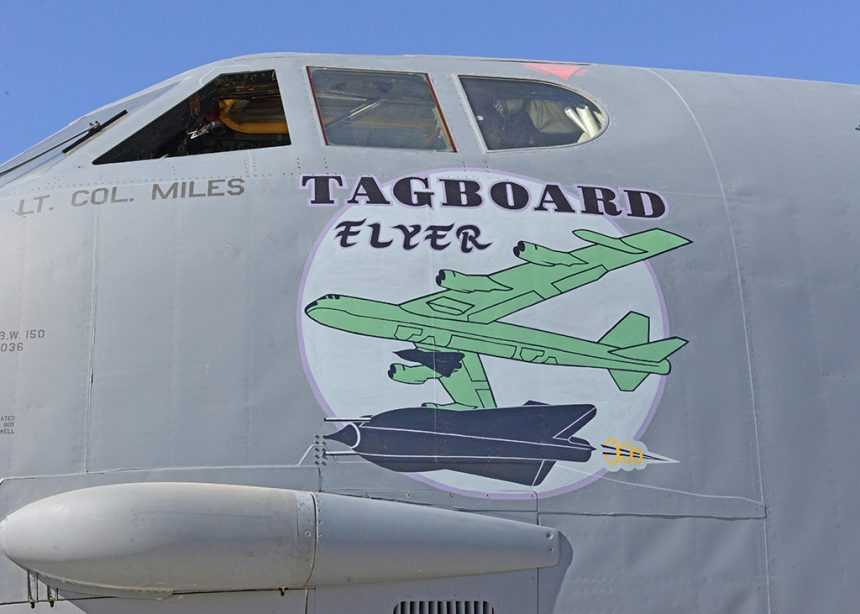A B-52 from the 419th Flight Test Squadron was given a new nose art to commemorate the Buff’s involvement in a top-secret test program.
An interesting image has been released by Edwards Air Force Base 412th Test Wing Public Affairs. It shows B-52 #60-0036 with a new nose art completed by renowned aviation artist Mike Machat to celebrate the involvement of the bomber in the top-secret test program named “Tagboard” about 50 years ago.
All manned flights over the Soviet Union had been discontinued by President Dwight Eisenhower after Francis Gary Powers’ U-2 spy plane was shot down May 1, 1960. Since satellites were still years away from being able to gather the required intelligence, the Central Intelligence Agency determined unmanned drones could fill the gap until satellites became viable.
Tagboard program involved testing the D-21, a ramjet-powered reconnaissance drone that could reach Mach 3 speed. In fact, the D-21 required a mothership that could air-launch the drone at a certain speed so that the ramjet could activate.
In the beginning, an M-21 (essentially a modified SR-71 Blackbird) was used to air launch the D-21 drone from its back. The idea was that, after conducting its intended spy mission, the drone would eject a hatch with photo equipment to be recovered either mid-air (by a JC-130B, as it was lowered by a parachute) or after the hatch landed.

However, as the official release recalls, “on the fourth flight test, the D-21 experienced an “asymmetric unstart” as it passed through the bow wake of the M-21 causing the mothership to pitch up and collide with the D-21 at Mach 3.25. Crewmembers Bill Park and Ray Torick ejected from the M-21, but Torick’s flight suit became ripped and filled with water when he plunged into the ocean where he drowned.”
A video of the incident, filmed by an accompanying Blackbird can be found here.
After the accident, the M-21 launch program was cancelled and Lockheed Martin decided to launch the drone from B-52Hs, one being #0036. The new code name for the D-21 project became Senior Bowl.

“After several failed launch attempts, the first successful D-21 launch from a B-52 occurred June 16, 1968. The drone flew 3,000 miles at 90,000 feet. After a few more flight tests, the CIA and the Air Force decided to conduct four operational launches that all ended in failure in some way. Two flights were successful, however the imagery could not be recovered from the D-21’s hatch. The other two operational flights ended with one being lost in a heavily defended area and the other D-21 simply disappeared after launch.”
The D-21 program was cancelled July 15, 1971, and both B-52s used for the program were returned to operational Air Force units.
The B-52 #60-0036 is currently assigned to the 419th FLTS at Edwards, where it arrived in 2001; it has been used as a test bed ever since.

Considered the type of tests conducted at Mach 3 with the M-21 or the B-52 and D-21 drone some 50 years ago, one may guess: what is being secretely tested today?









